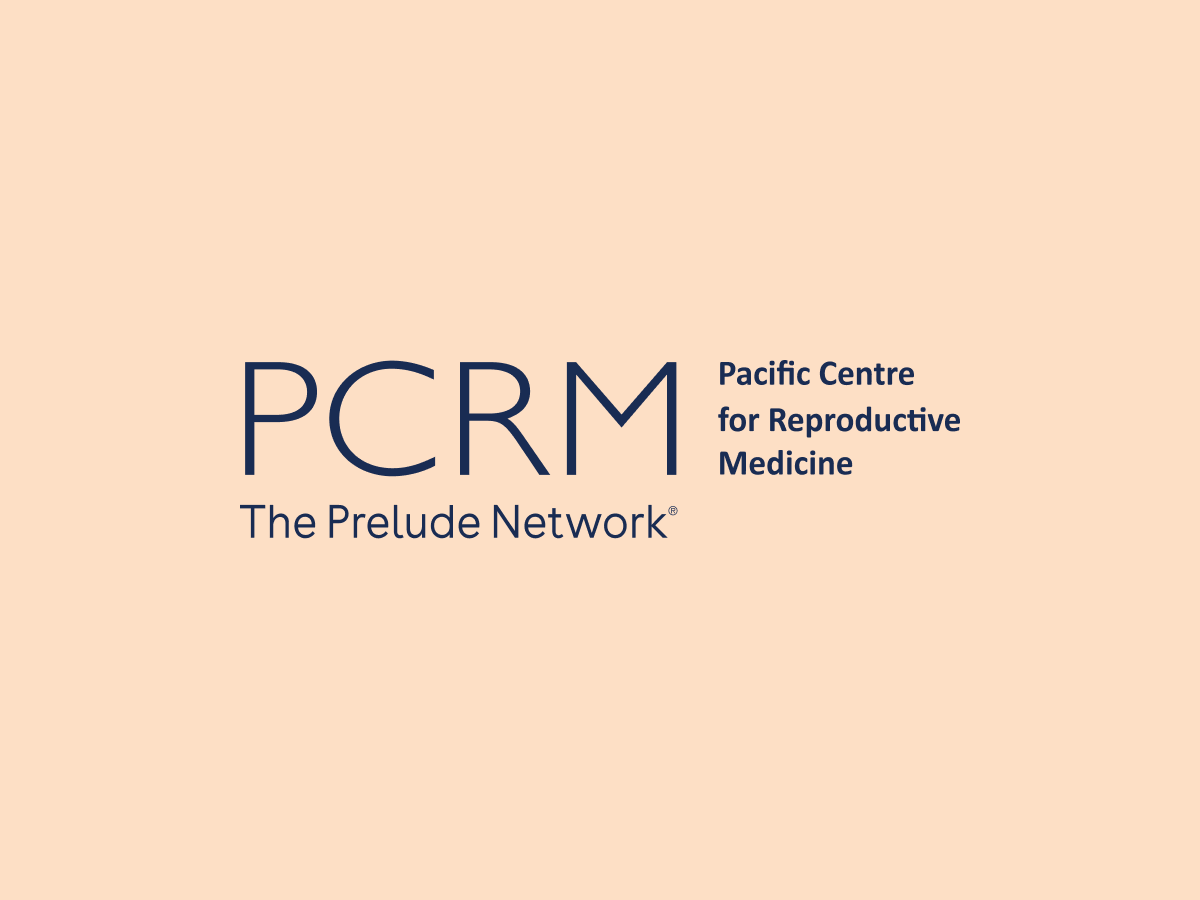
Tubal Ligation Reversal
Whether you are with a new partner or simply at a point in life where motherhood finally makes sense for you, a prior tubal ligation is something PCRM Vancouver Fertility Clinic can help reverse.
What is involved?
Generally speaking, patients can expect a four to six-week window, from initial consultation at our clinic until the time of surgery. We recommend that all patients undergo a pelvic ultrasound before the procedure to inspect the condition of the uterus, ovaries and Fallopian tubes. This investigation is coupled with some recommended blood work. Also, we advise that the male partner has his semen tested, even if he has fathered a child previously. If the tested semen shows poor sperm parameters, we can always provide alternate solutions.
Women in their early 30s are the typical demographic for this procedure. Success rates fall significantly as a patient nears the age of 45.
With surgery complete, recovery time is minimal. Most of our patients report heading back to work within a couple of weeks (while continuing to avoid any heavy lifting). A post-op visit is scheduled approximately four weeks following the procedure, at which point couples can resume their efforts to conceive.
In many respects, the tubal ligation reversal outpatient process is similar to the vasectomy reversal for men also performed here by our urologists, Dr. Victor Chow and Dr. Ken Poon.
Concerns
Regardless of the type of tubal ligation you have, be it a clamp or cauterization, there is high probability that the tubes will be successfully reconnected. Tubal ligation reversal is a safe procedure with a high rate of success.
Obviously in situations where the Fallopian tube section has been removed entirely, In Vitro Fertilization (IVF) would become the next suggested option.
One thing that is important to mention: in the event of pregnancy following a tubal ligation reversal, there is a 5-10% chance that the pregnancy may implant in the Fallopian tube (known as ectopic pregnancy). If something does not feel right in the weeks following your procedure, contact your physician Tubal Ligation Reversal immediately. An ultrasound will confirm your pregnancy’s status and help determine the best of course of action to take.
Tubal Ligation Reversal vs IVF
Dr. Havelock also specializes in vitro fertilization. Regarding rates of success, your chances of pregnancy, barring any additional factors (like poor semen quality) are about the same.
The benefits of tubal reversal are primarily financial as patient costs are significantly reduced. In cases where a medical plan exists, opting for reversal surgery over IVF will save you anywhere between $1500 - $2,000 (and somewhere in the ballpark of $7,000 if no coverage exists).
With tubal ligation reversal, when conception is successful your chance of incurring multiple pregnancies is also reduced (when compared to IVF treatments).
For many couples, the idea of conceiving “naturally” is important to them, tubal ligation reversal surgery helps facilitate this.
If you have any questions regarding the procedure, please contact PCRM for further information.
Related Posts
Categories
About the PCRM Blog
Welcome to the Pacific Fertility Centre for Reproductive Medicine Blog! Nationally and internationally recognized for providing exceptional reproductive care, our team believes in empowering people with the knowledge they need to navigate their unique fertility journeys.
From information on the latest fertility treatments to valuable insights on egg donation, surrogacy, and everything in between, the Pacific Centre for Reproductive Medicine Blog is your ultimate resource for all things reproductive care and support. Read on to learn more, and contact us today if you have any questions or want to schedule a new patient appointment.

